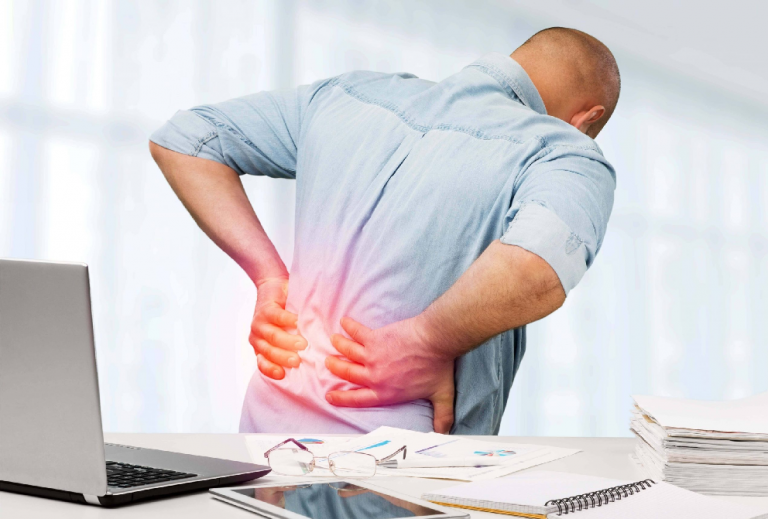There are many possible causes of upper back pain, from muscle overuse and poor posture to injury and spinal instability. It may be related to a more serious underlying condition, such as spinal instability or a reoccurring infection. Trauma to the spine can cause damage to bones, discs, muscles, and ligaments, as well as nerve roots and spinal cord. To know more about spinal injuries, consult a doctor and get the proper treatment.
Disc herniation
A herniated disc is a bulge or tear in the disc. The disc is made of a jelly-like material that acts as a cushion for the spine. When a disc ruptures, it can push against the spinal cord or nearby nerves. This can cause severe pain on one side of the body. Painful symptoms can be mistaken for other conditions. If you are experiencing severe pain in the upper back, take Pain O Soma to reduce the severe pain in the upper back.
Fortunately, the most common cause of upper back pain is disc herniation. Herniated discs can occur in any part of the body and are cause by local injuries to an intervertebral disc. These injuries can also cause protective responses in surrounding muscles. When this happens, large muscles in the back tighten and go into spasm, limiting range of motion. Moreover, a herniated disc can make standing upright impossible. The pain is usually unilateral and feels electric shock-like. Some patients report mild pain.
Musculoskeletal strain
Upper back pain is most likely due to a strained muscle. While the condition can also be cause by a torn ligament, fractured disk, or compressed vertebrae, it is most often a musculoskeletal issue. Pain in this area is often a result of poor posture and overuse injuries. If you suffer from this pain, you should seek medical care to determine what is causing it.
The spine is an intricate structure made up of bones, discs, and tendons. It connects the skeleton to the pelvis and ribs. It is also support by a complex network of nerves and blood vessels. Because the lower back bears most of the body’s weight, injuries to the back are common. Back strain is an injury to a muscle, tendon, or ligament.
Myofascial pain
Myofascial pain syndrome can be a common ailment that strikes both men and women. Middle-aged women are especially prone to it, as are people who are inactive or in sports. Pain can be cause by muscle tension or tearing in the fascia, the tissue that holds muscles together. When this tissue is inflame, muscles can tear or rotate in different directions.
Trigger points, or knots, are a common symptom of myofascial pain syndrome. These small bumps or knots in the muscle can cause deep aches, throbbing pain, and referred pain. Many people with myofascial pain have referred pain, which is often misdiagnose or overlooked. Trigger points often mimic other types of pain, such as a recurring headache or shoulder pain. Sometimes these painful knots in the muscles are not even visible.
Trigger point injections, physical therapy, and ergonomics can help calm the effects of myofascial pain syndrome. Other techniques like ultrasound therapy or massage can help relieve muscle pain, and may even correct posture. In addition to physical therapy, dry needling is another treatment option. Dry needling involves inserting a needle into a trigger point and then relaxing it with heat or cold. Acupuncture needles are also use, but they tend to be smaller.
Scoliosis
Scoliosis affects the spine in a variety of ways, including spinal alignment. This deformity may be the result of age-related wear and tear on the spine or previous surgeries. If scoliosis is mild, the shoulder is less likely to be affected than others. However, severe scoliosis can be debilitating. Fortunately, scoliosis can be treated with medication and physical therapy. You can take pain o soma 500mg to reduce spinal pain
Surgical treatment may be necessary if the curve is too severe. In some cases, however, braces can be effective for a short period of time. Orthopedic specialists will recommend a period of brace wearing and determine the number of hours a patient needs to wear it. In addition to surgery, braces are also helpful for relieving acute pain, although they may lead to muscle weakness and recurrence of the condition.

